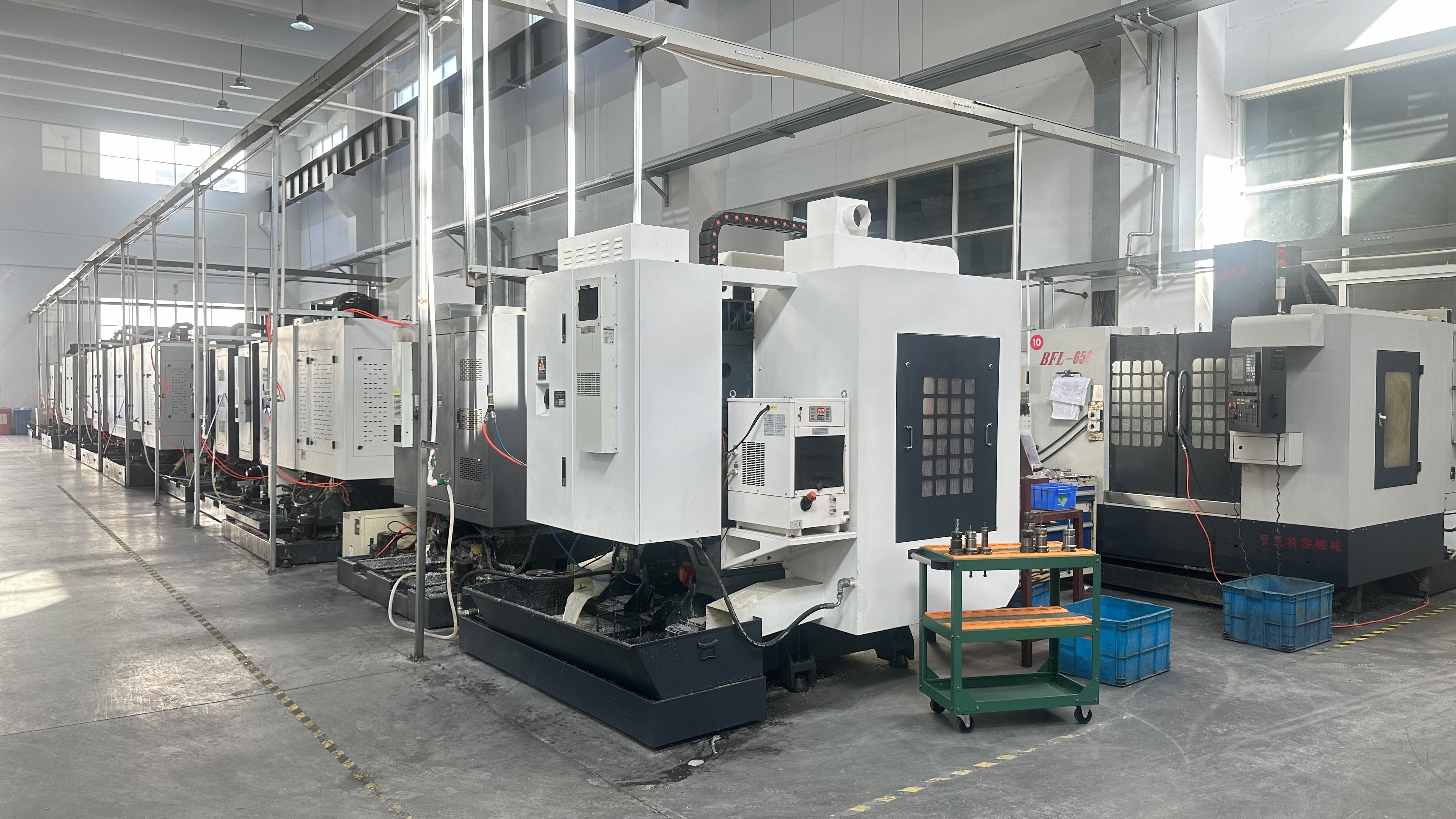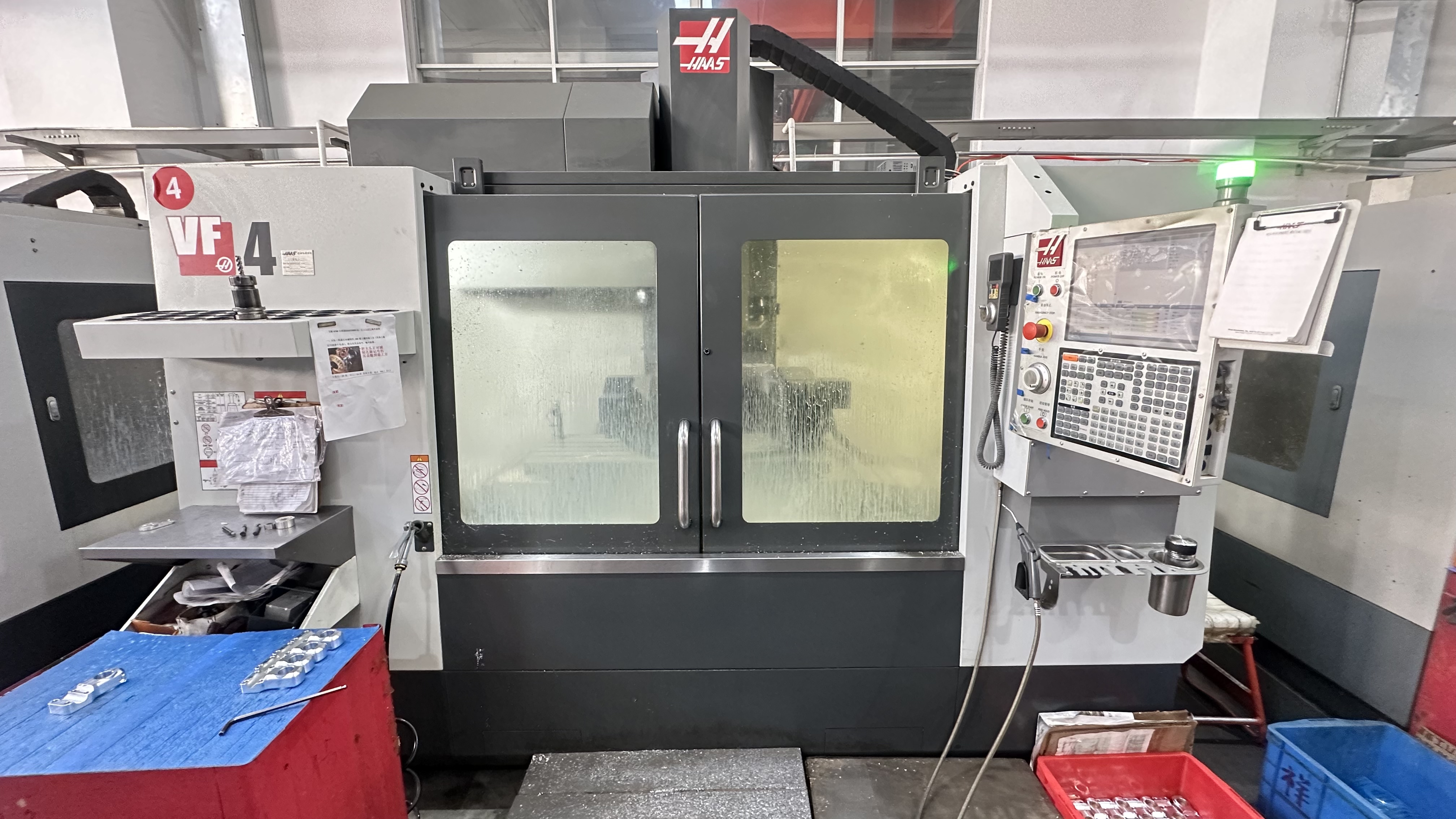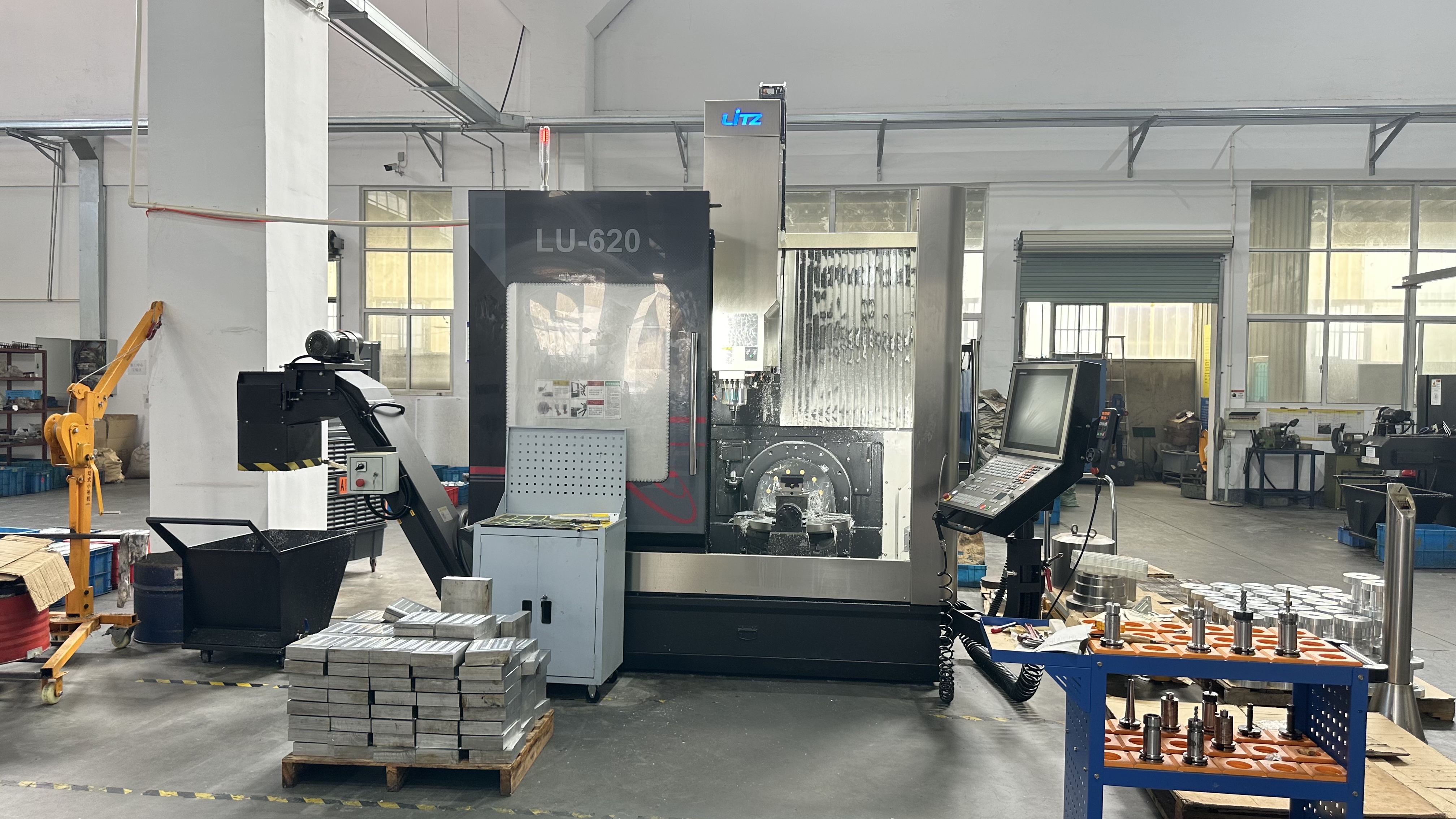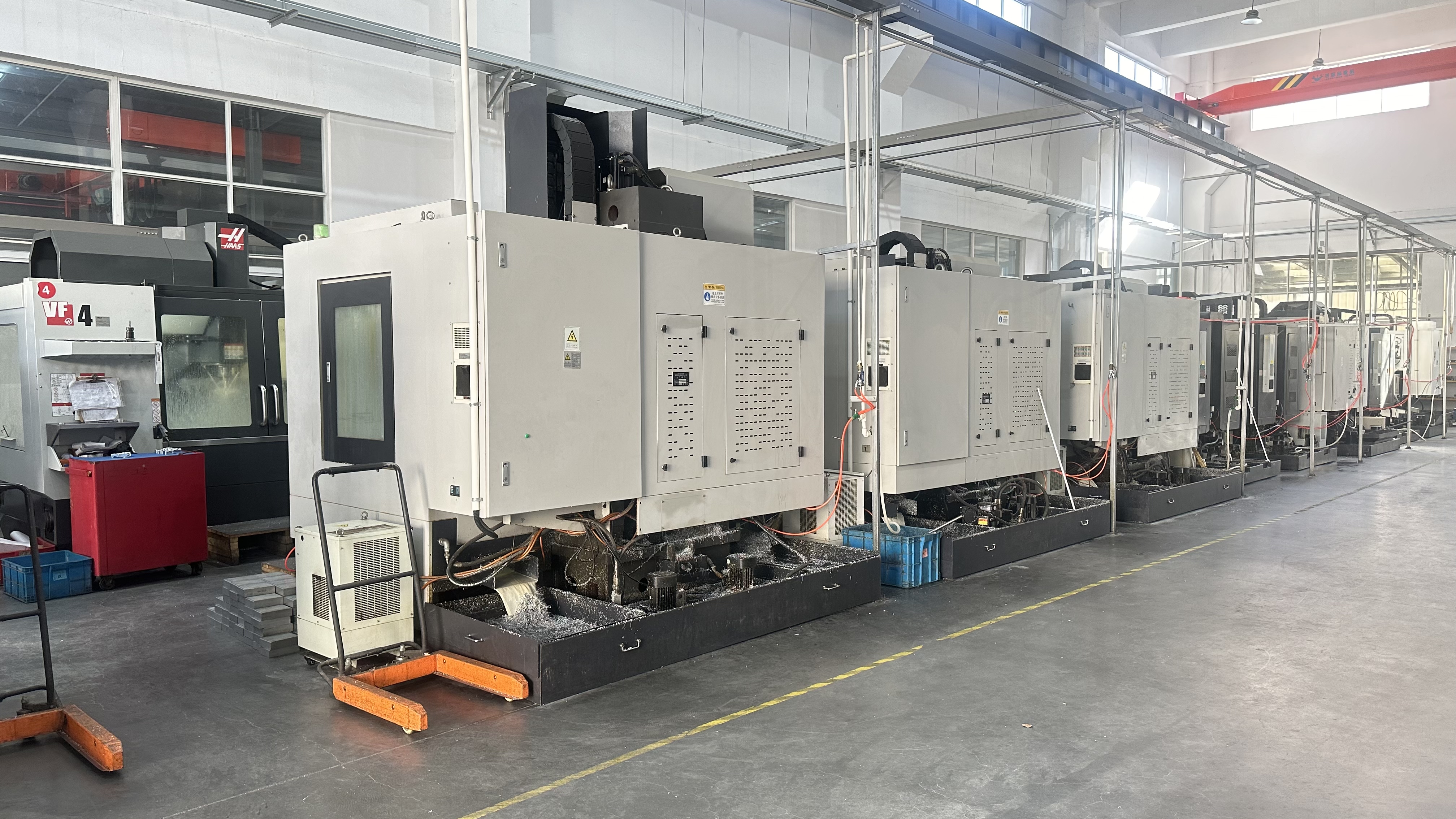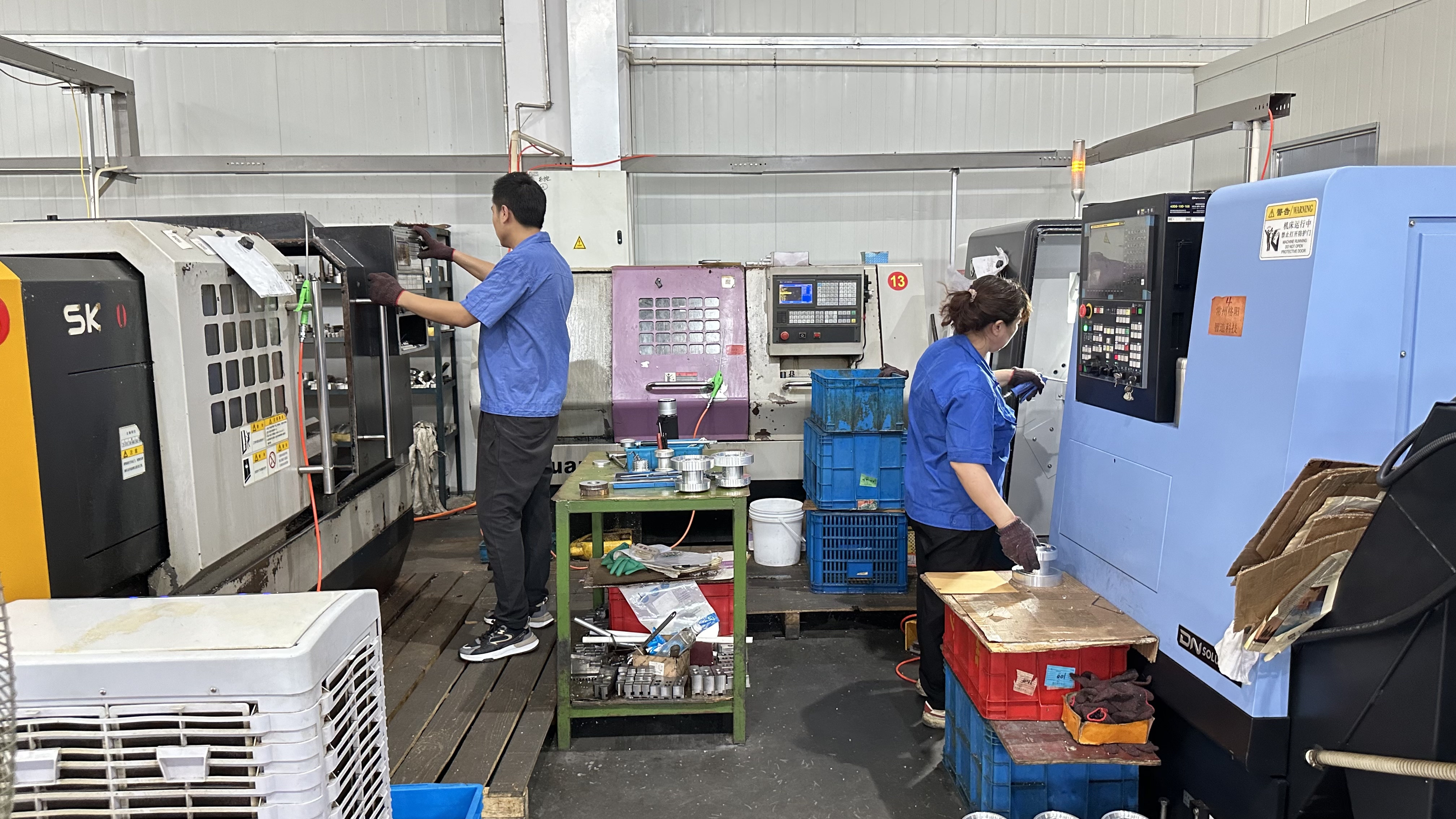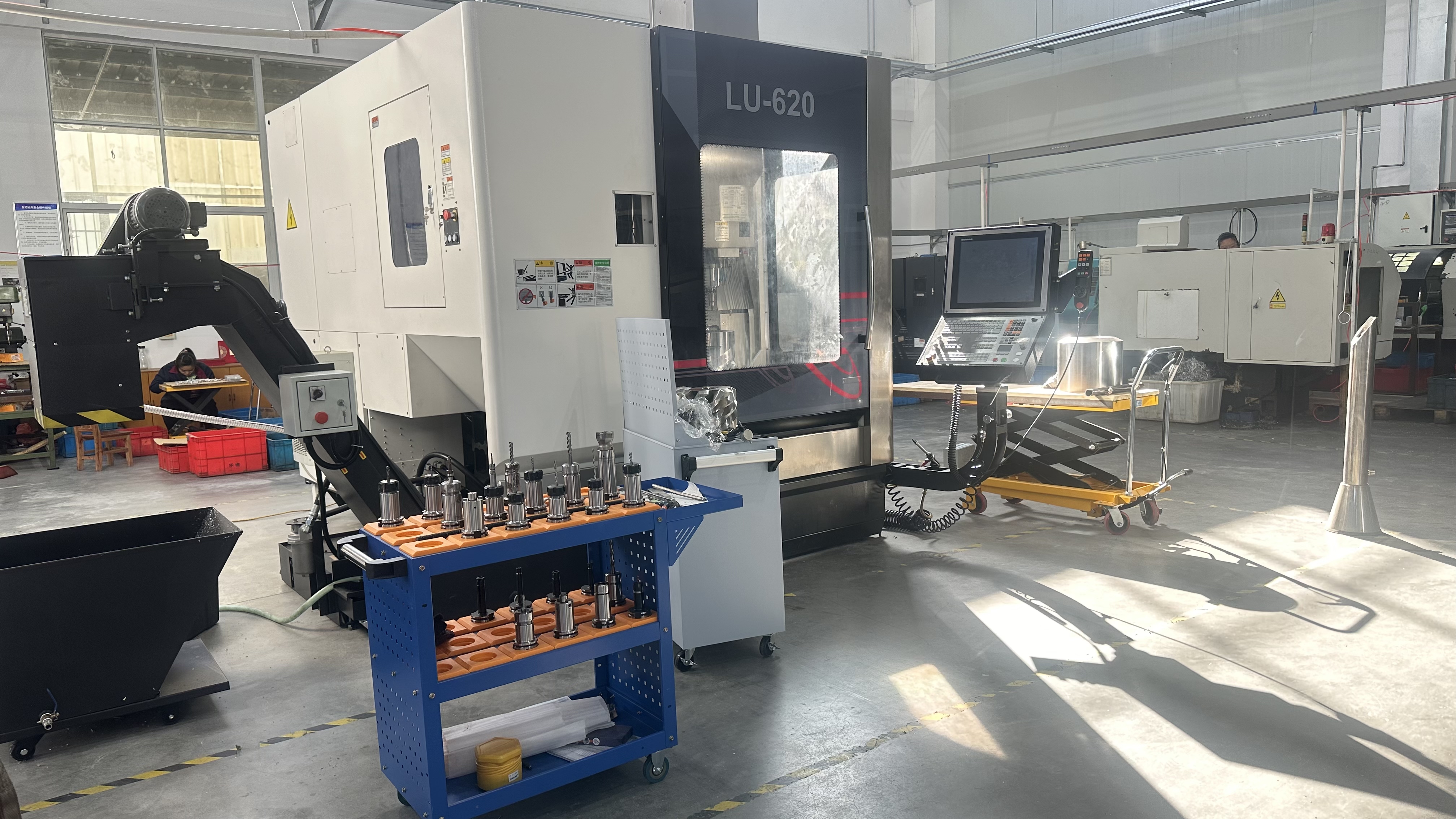Air Filter Adapter: Optimizing Air Intake for Go-Kart Engines
The Air Filter Adapter is a vital accessory designed to connect aftermarket or high-performance air filters to go-kart engines, enhancing airflow and engine efficiency. Crafted from durable materials like billet aluminum or steel, this adapter ensures a secure, leak-free fit between the carburetor or intake manifold and the air filter, typically accommodating filter inlets from 1-1/4” to 2-7/16”. Available for engines like Predator 212cc, Honda GX200, Briggs Flathead, and Rotax Max, it fits a range of carburetors and chassis from brands like Manco, Tony Kart, and CRG. Whether you’re boosting power on a race track or upgrading a recreational kart, the Air Filter Adapter delivers precision, durability, and compatibility for superior engine performance.
What Is an Air Filter Adapter?
A Air Filter Adapter is a machined or molded component that bridges the gap between a go-kart’s carburetor or intake manifold and an air filter, allowing the use of non-stock filters for improved airflow or filtration. Often made from aluminum for lightweight strength or steel for rugged durability, it features a flanged or cylindrical design with mounting holes or clamps to secure the filter. This adapter enhances engine breathing, making it a key upgrade for performance and maintenance.
Why Use an Air Filter Adapter?
Air Filter Adapters enable the use of high-flow filters, increasing horsepower and throttle response while protecting the engine from dust and debris. They offer flexibility to fit aftermarket filters like K&N or foam types, simplify maintenance, and ensure a tight seal to prevent air leaks, making them essential for racers seeking performance gains and DIY builders customizing intake systems.
Designed for Performance and Fit
Our Air Filter Adapters are engineered to fit a variety of go-kart engines and carburetors, with options in billet aluminum, steel, or composite materials. Available for inlet sizes from 1-1/4” to 2-7/16” and mounting patterns like 2-bolt or clamp-on, they support chassis from OTK, Yerf-Dog, and more, ensuring compatibility with engines from 150cc to 300cc, including Briggs LO206 and Tillotson, for a seamless, high-performance intake solution.
Key Features of the Air Filter Adapter
The Air Filter Adapter combines robust construction, versatile fitment, and performance enhancements, making it a must-have for go-kart engine tuning. Here’s what sets it apart.
Billet Aluminum or Steel Build
Crafted from CNC-machined billet aluminum or hardened steel, these adapters offer durability: aluminum versions weigh 2-4 ounces with tensile strength up to 45,000 PSI, while steel options provide 150,000 PSI for rugged use. Finishes like anodizing or zinc plating resist corrosion, ensuring long-term reliability.
Wide Range of Inlet Sizes
Available for filter inlets from 1-1/4” to 2-7/16”, they fit foam, K&N, or conical filters. This range supports carburetors like Mikuni, Tillotson, or stock clones, ensuring compatibility with high-flow intakes for varied engine setups.
Secure Mounting Options
Featuring clamp-on, 2-bolt, or slotted designs, they secure to carburetors or manifolds with M6 bolts or hose clamps, tightened to 5-10 ft-lbs. This versatility ensures a leak-free seal, preventing unfiltered air from entering the engine, critical for performance and longevity.
Corrosion-Resistant Finishes
Offered with anodized aluminum (black, silver) or zinc-plated steel finishes, these adapters protect against rust and wear from moisture or debris. Stainless steel options further resist corrosion, lasting over 1,000 hours in wet conditions, ideal for outdoor or coastal tracks.
Applications of the Air Filter Adapter
The Air Filter Adapter’s flexibility and performance make it suitable for a variety of karting scenarios, from competitive racing to custom builds.
Competitive Kart Racing
In sprint, oval, or endurance racing, the adapter enables high-flow filters on chassis like OTK or Tony Kart, boosting power for engines like Rotax Max or IAME X30. It enhances throttle response and horsepower, supporting track-specific performance needs.
Recreational and Club Karting
For club racers or backyard drivers with Predator 212cc or Honda GX200 engines, the adapter fits aftermarket filters on Manco or Yerf-Dog chassis, improving air intake for casual rides. Its durable design ensures reliable filtration with minimal upkeep, ideal for family karts.
Custom Builds and Performance Upgrades
DIY builders use the adapter to integrate custom intakes or high-performance filters into bespoke karts or retrofits. Its universal fitment supports unique engine setups, simplifying upgrades for creative projects.
Off-Road and Dusty Conditions
In off-road or dusty environments, the adapter secures robust filters to protect engines from debris, maintaining performance on rough trails. Its corrosion-resistant finishes ensure longevity for karts used in harsh conditions.
Technical Specifications and Installation Guide
To ensure optimal performance, understanding the Air Filter Adapter’s specifications and proper installation is key. Here’s a detailed breakdown.
Size and Compatibility
Our adapters fit filter inlets from 1-1/4” to 2-7/16” and carburetor throats from 19mm to 30mm, with 2-bolt (e.g., 40mm spacing) or clamp-on mounts. They’re compatible with engines from 150cc to 300cc (e.g., Briggs, Tillotson) on chassis from Tony Kart, CRG, and Hammerhead.
Material Strength and Durability
Aluminum adapters offer tensile strength up to 45,000 PSI, lasting 500-700 hours in dry conditions or over 1,000 hours with anodizing in wet environments, while steel provides 150,000 PSI and 800-1,200 hours. Both resist wear and corrosion, ensuring reliable intake performance.
Step-by-Step Installation
Preparation: Measure carburetor throat or manifold inlet (e.g., 19mm for Mikuni). Gather the adapter, air filter, M6 bolts or clamp, and tools (e.g., 10mm wrench, hex key).
Positioning: Remove the stock filter (if present) and align the adapter with the carburetor or manifold inlet, ensuring bolt holes or clamp surfaces match.
Securing: For bolt-on adapters, tighten M6 bolts to 5-10 ft-lbs in a crisscross pattern; for clamp-on, secure the hose clamp to 3-5 ft-lbs. Attach the filter, ensuring a snug fit.
Final Check: Start the engine at idle to check for air leaks (listen for hissing) and verify throttle response. Adjust alignment if needed, ensuring a tight seal.
Maintenance Tips
Inspect adapters for corrosion, loose bolts, or wear after wet or dusty runs, cleaning with a soft brush and mild solvent. Re-tighten bolts or clamps after 50 hours and replace if cracked or misaligned, typically after 700-1,200 hours depending on material and use. Store in a dry place to prevent rust.


















